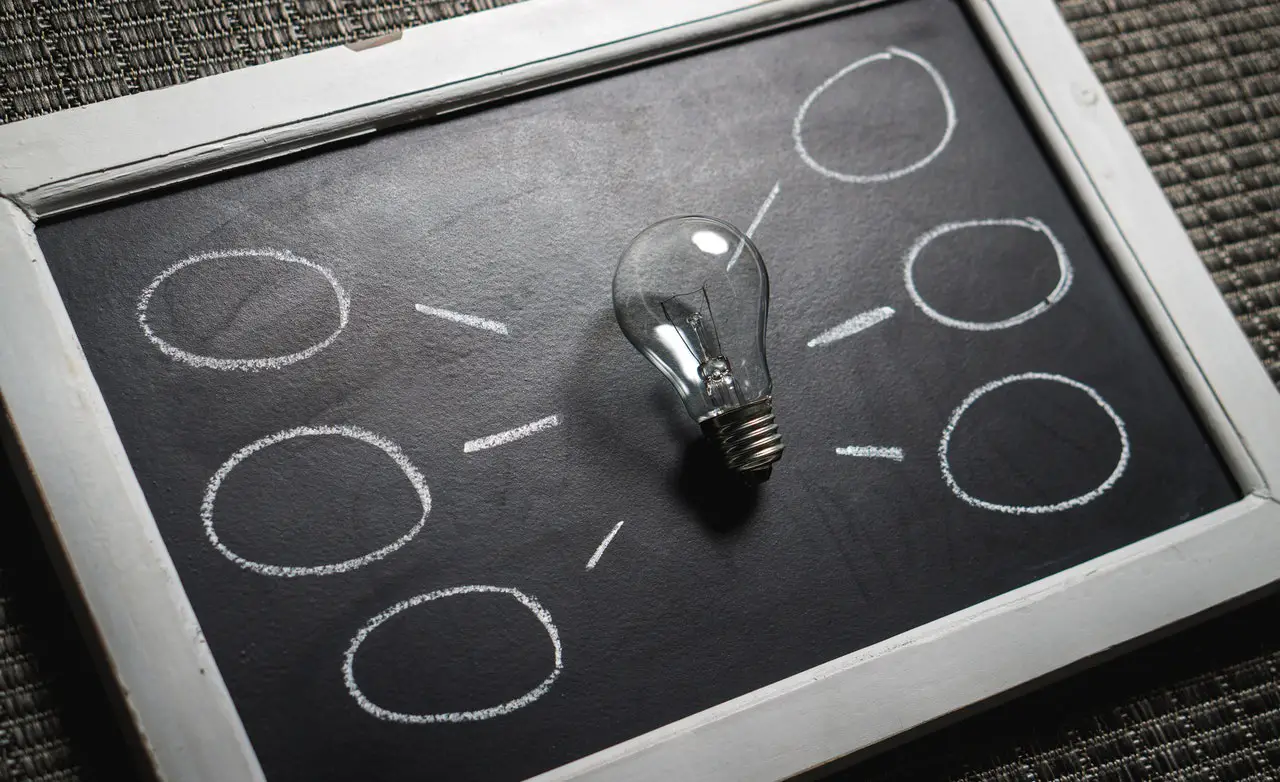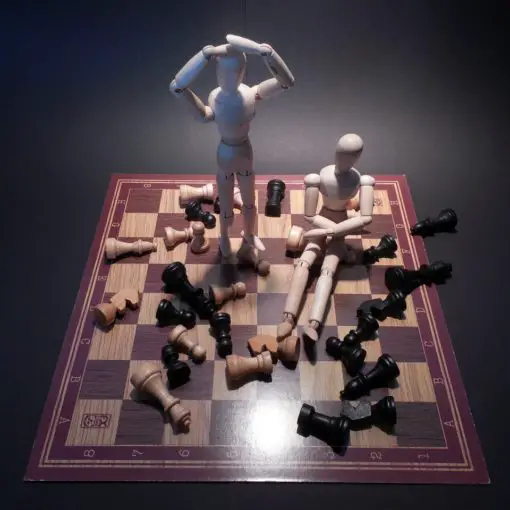Critical Thinking: Its Definition, Applications, Elements and Processes
Experts and educators argue on the definition of critical thinking for centuries. No matter what you do for a living, whether you’re a student or a professional, you’ll need critical thinking.
What is Critical Thinking?
Critical thinking is the ability to come up with sound decisions. It is the ability to solve problems objectively and analytically. It involves clear and rational thought. Critical thinking requires logic.
Despite the use of logic and rationality, critical thinking is not the same as being argumentative. It is not the same as stating facts or giving information based on memory. Critical thinking is more complicated than gathering information for making decisions.
Critical thinking does not focus on getting all the facts. It is not deciding on a particular course of action. Instead, it involves weighing all the consequences. Critical thinking is the creation of an appropriate decision to lessen errors.
Critical thinking is not the same as giving criticism on people’s behavior. It is far from that.
You can use critical thinking in improving one’s behavior. To do this, you need to analyze the situations and individual conduct. Based on this analysis, you come up with proper ways to deal with mistakes and misbehavior.
Critical thinking does not restrict creativity. It promotes out-of-the-box thinking.
Applications of Critical Thinking
You can apply critical thinking in various ways.
One, you can use critical thinking in the workplace. Managers, supervisors and rank-and-file employees need critical thinking. With this skill, these employees can perform and give their best at work. Without this vital skill, a company will be stuck with people who don’t know how to make their own decisions.
Employees who don’t use critical thinking can make mistakes. These mistakes when significant bring disaster to a company.
Two, you can use critical thinking in applying for a job. Before accepting a job offer, it’s essential that you gather facts about a company. Analyzing this information involves identifying which reviews are accurate and are representative of the company and not from disgruntled former employees.
Three, you can use critical thinking in your daily activities. There might be times when you’d face a life-and-death situation. Fast and clear thinking during these situations can help you save lives even if you’re not a physician or nurse.
Elements of Critical Thinking
Critical thinking involves elements. With these elements, you can come up with solutions to problems. You can make intuitive decisions without resorting to huge sacrifices. These elements are:
- Goal/Aim
- Issue/Problem
- Information/Facts
- Inference/Interpretation
- Concepts/ideas
- Assumptions
- Implications and Consequences
- Point of View
Goal and Problem
In critical thinking, you’ll goal is to derive a solution from a problem. These two elements are always together. You can’t establish a goal without looking at the problem first.
For example, your company is experiencing issues in the working relationship of employees. Employees are becoming difficult to handle. One employee is tardy every day while another is always absent.
Some employees are not working as expected. Others are committing a lot of errors. Customers are complaining about poor service.
If this situation continues, your company loses customers and profit. Worst, your company might close if you don’t do something. The existing problems can create a domino effect.
Information/Facts
With the issues identified, gathering the appropriate information is essential. You have to target the root or causes of the problem.
Continuing with the example, you can observe your employee at work. Gather concrete data on annual performance. Ask direct questions about their behavior. Determine the causes and factors that lead to their current behavior.
From this information, come up with the concrete goal.
Inference/interpretation
A proper interpretation of facts and information is essential. As much as possible, avoid bias. Interpret facts based on face value and at the same time on the factors behind facts.
Discover the causes that lead to the current. These causes might involve personal issues. Use these causes to make a sound judgment.
The line between the face value of facts and what’s not being said is thin. One error of inferring can become a disaster. So, when you interpret facts, you have to consider the other elements of critical thinking. You have to interpret in connection with concepts, implications, and point of view.
Concepts/Ideas and Assumptions
These elements may seem similar, but in some ways, they are not. Concept/ideas can be theories about why your employees are “misbehaving.” These concepts are based on facts.
Assumptions, on the other hand, are based on your subconscious mind. They’re opinions that could be right or wrong.
Sometimes, these assumptions can become biased opinions, which you should avoid at all cost.
Implications and Point of View
In critical thinking, you must weight all possible consequences of the potential solutions. You should consider all points of view. Ask whether the answer is beneficial not only to the company, but also to the employees.
Consequences are either bad or good. Your goal is to ensure everyone is given a chance to change or improve their performance.
Critical Thinking Skills
Analytical, identification without bias, communication are the skills you’ll need in critical thinking.
Analytical skills involve clarity and rationality of the mind. You’ll logic and the inductive or deductive reasoning to sort through the different concepts and ideas.
The ability to connect the relevance of ideas into your assumptions and interpretation is essential. In connecting between ideas, you’ll need to base your conclusions and solutions in a fair inference of the facts.
A critical thinker will need a bird’s eye view to see all things in general. At the same time, you need to dwell on the specific details to ensure that you’re making the soundest judgment.
Curiosity and creativity are included in the mix of excellent critical thinking. Creativity refers to the ability of the critical thinker to think beyond the standard. A critical thinker frequently defies the norm to create probabilities and possibilities.
Excellent communication skill is also needed. Once you’ve come up with the solution that has a low probability of failure, you’ll to communicate your solution. Communication effectively and efficiently is the key to a successful implementation.
Your recipient must understand how to implement the solution. Otherwise, you’re back to square one.
Systematic and excellent organization skills are implied skills in critical thinking. To become competent in analyzing, you’ll have to adopt a systematic process so you can reach point B from point A.
The process of Critical Thinking
The first step in critical thinking is the identification of problems and goals. Proper identification is crucial to the success of critical thinking.
It’s pointless to have a great implementation method and process of analytical thinking if you identified the wrong issue.
The second step is to process of eliminating concepts, assumptions, and implications that aren’t relevant to arrive at the best solution. In this step, you’ll need rational and analytical thinking.
You’ll have to answer lots of questions to make the elimination process easy and straightforward. These questions must answer the what, why and how of your objective and the solution.
The final step is the implementation of the solution to achieve the objective. It involves communicating it to the people concerned.
In this step, be ready for any violent reactions or comments especially if the solution is not favorable. Even if the solution is beneficial, some employees will still resist changes.
Who Would Benefit from Critical Thinking?
Anyone can benefit from critical thinking. Whether you’re a professional, a manager, a doctor on call or a plain homemaker, critical thinking is essential. Improving this skill can make your life easy. It can bring improvements to your life.
Final Thoughts
Whatever your purpose is in using your critical thinking skill, your goal is to make decisions. Create solutions that can benefit the majority. Most often, critical thinking involves choosing the lesser evil between options if the only way to solve a problem is to eliminate the cause.





